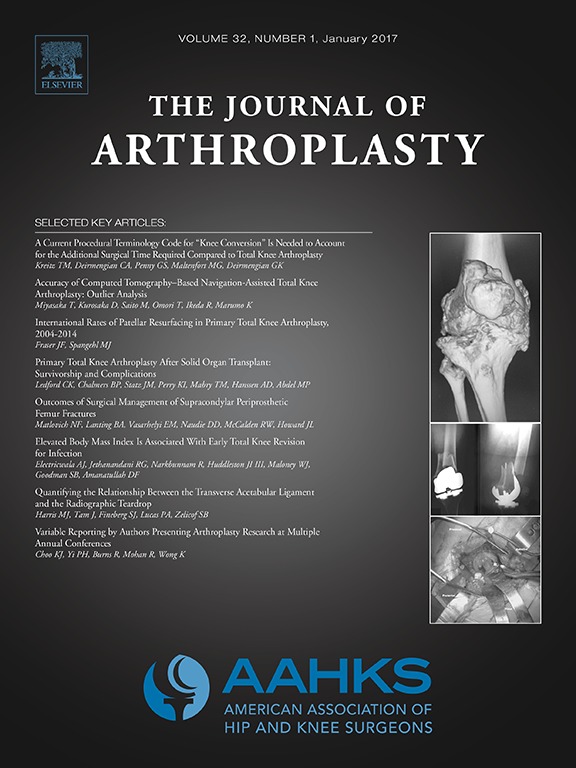
Arthroplasty
No difference in 5-yr survival between computer-assisted and conventional TKA
J Arthroplasty. 2014 Sep;29(9):1795-802200 patients scheduled to total knee arthroplasty were randomized to either receive a component implantation using computer assistance or through the conventional technique. The purpose was to determine if groups differed in component survival, radiological, clinical evaluation or clinical scoring at a minimum of 5 years follow-up. Overall, no significant difference in component survival was observed between groups. The computer assisted TKA group was observed to have some benefit in radiographic coronal alignment; however this did not improve component survival at 5 year follow-up.
Unlock the full article
Get unlimited access to OrthoEvidence with a free trial
Start TrialCritical appraisals of the latest, high-impact randomized controlled trials and systematic reviews in orthopaedics
Access to OrthoEvidence podcast content, including collaborations with the Journal of Bone and Joint Surgery, interviews with internationally recognized surgeons, and roundtable discussions on orthopaedic news and topics
Subscription to The Pulse, a twice-weekly evidence-based newsletter designed to help you make better clinical decisions
Exclusive access to original content articles, including in-house systematic reviews, and articles on health research methods and hot orthopaedic topics
Or continue reading this full article
Register Now

Subscribe to "The Pulse"
Evidence-Based Orthopaedics direct to your inbox.




































